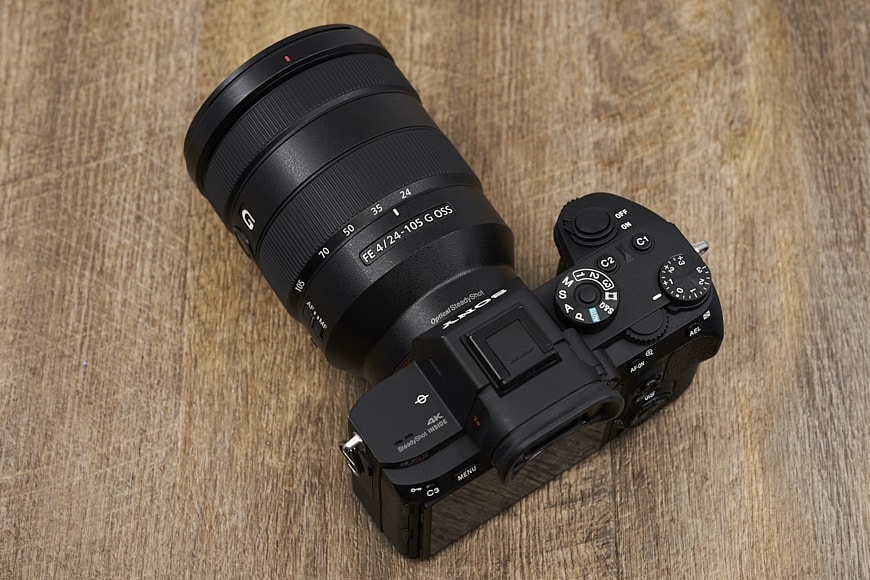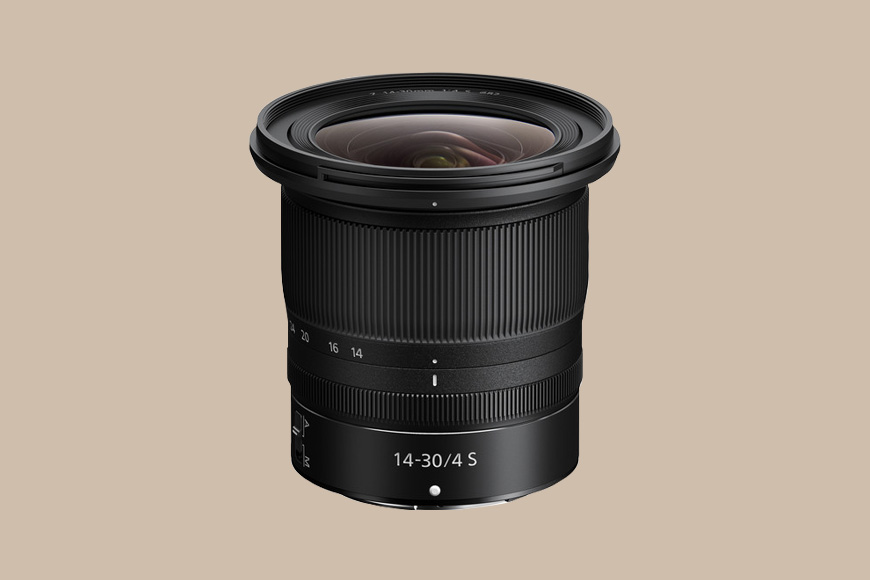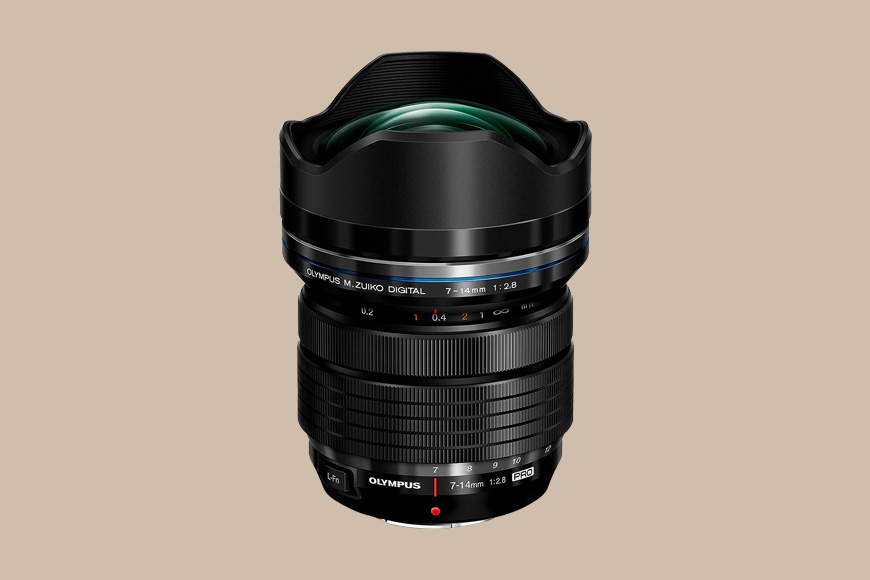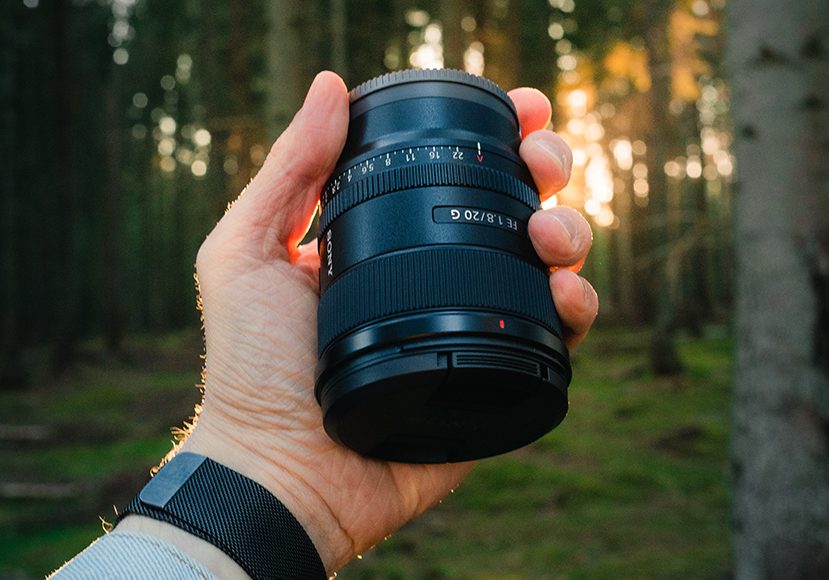
9 Best Lenses for Landscape Photography in 2023
A curated guide to the best lenses for landscape photography, featuring Sony, Nikon, Canon, Fujifilm, and Olympus, plus alternate budget options.
This is a guide to the best lenses for landscape photography you can use to shoot stunning vistas.
There are many excellent landscape photography lenses available across the major camera platforms.
However, in this guide, I’ve narrowed it down to the top options for all the main brands.

Excellent image quality, filter compatibility, and a compact, lightweight, weather-resistant design makes this a top choice for Sony landscape photographers.
I usually shoot landscapes with Sony zoom lenses, but have used Nikon, Canon and Fujifilm lenses in the past too.
While prime lenses are great for landscape photography, I’ll be focusing here on telephoto lenses due to their versatility.
I’ll also explain the most popular focal lengths used by famous landscape photographers.
Table of Contents
What Are the Best Lenses for Landscape Photography in 2023?
| Image | Product | Features | |
|---|---|---|---|
 | Sony FE 16-35mm f/2.8 GM LensBEST FULL FRAME LANDSCAPE LENS |
| Check AMAZON Price → Check B&H Price → |
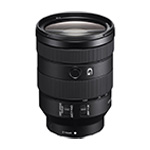 | Sony FE 24-105mm f/4 G OSS LensMOST VERSATILE |
| Check AMAZON Price → Check B&H Price → |
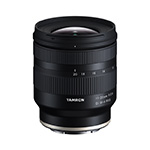 | Tamron 11-20mm f/2.8 Di III-A RXD BEST SONY APS-C LANDSCAPE LENS |
| Check AMAZON Price → Check B&H Price → |
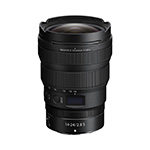 | Nikon 14-24mm f/2.8 GBEST NIKON FULL-FRAME |
| Check AMAZON Price → Check B&H Price → |
 | Nikon NIKKOR Z 14-30mm f/4 SBEST NIKON Z |
| Check AMAZON Price → Check B&H Price → |
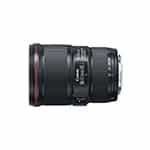 | Canon EF 16-35mm f/4L BEST CANON FULL FRAME DSLR |
| Check AMAZON Price → Check B&H Price → |
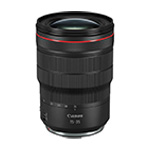 | Canon RF 15-35mm f/2.8L IS USMBEST CANON RF |
| Check AMAZON Price → Check B&H Price → |
 | Fujinon XF 10-24mm f/4 R OIS WRBEST FUJIFILM |
| Check AMAZON Price → Check B&H Price → |
 | Olympus M.Zuiko Digital ED 7-14mm f/2.8 PRO LensBEST OLYMPUS |
| Check AMAZON Price → Check B&H Price → |
Sony FE 16-35mm f/2.8 GM Lens (Best Sony Full-Frame Landscape Lens)
- Excellent performance
- Fixed f/2.8 aperture
- Fast autofocus
- Compatible with filters
- Compact and lightweight
- Weather proof
- Expensive
- No in-lens stabilization
Sony’s acclaimed G Master series has produced several stunning lenses that have been adopted by professional landscape photographers worldwide.
The Sony FE 16-35mm f/2.8 GM Lens delivers a wide field of view with complete dust and moisture resistance for shooting in adverse weather conditions.
With a fixed aperture of f/2.8, the lens offers exceptionally sharp images throughout the focal length with its high-end optics, with slight distortion easily corrected in post.
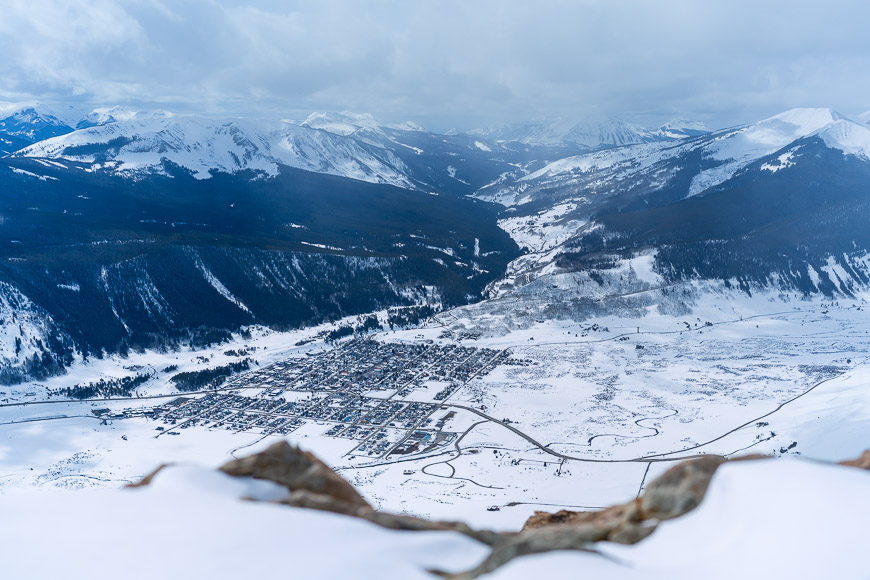
A7 III + 16-35mm f/2.8 | 1/1000 f/4 ISO 100 | Marc Bergreen
For a significantly less expensive alternative, there’s the Tamron 17-28mm f/2.8, another fantastic lens at a great price.
Sony’s 12-24mm f/2.8 GM is a superb ultra-wide angle lens alternative, albeit pricey, while the FDE 12-24mm F/4 G delivers a comparatively cheaper alternative with a slower aperture.
Sony FE 24-105mm f/4 G OSS Lens (Most Versatile Sony FE Landscape lens)
- Excellent image quality
- Versatile zoom range
- Lightweight and compact
- Quick autofocus
- Image stabilization
- f/4 may be limiting for some
- Some distortion on the wide end
Another outstanding landscape photography lens from Sony’s stable is the FE 24-105mm F4 G OSS, with a 4.4x zoom range for versatile compositions.
Lighter than the aforementioned f/2.8, this lens is a more affordable alternative that nevertheless produces rich and vibrant image quality for landscape photography.
Fully weather-sealed for all shooting conditions, it features a fast focus system and comes with image stabilization and wonderfully tactile zoom and focus rings.
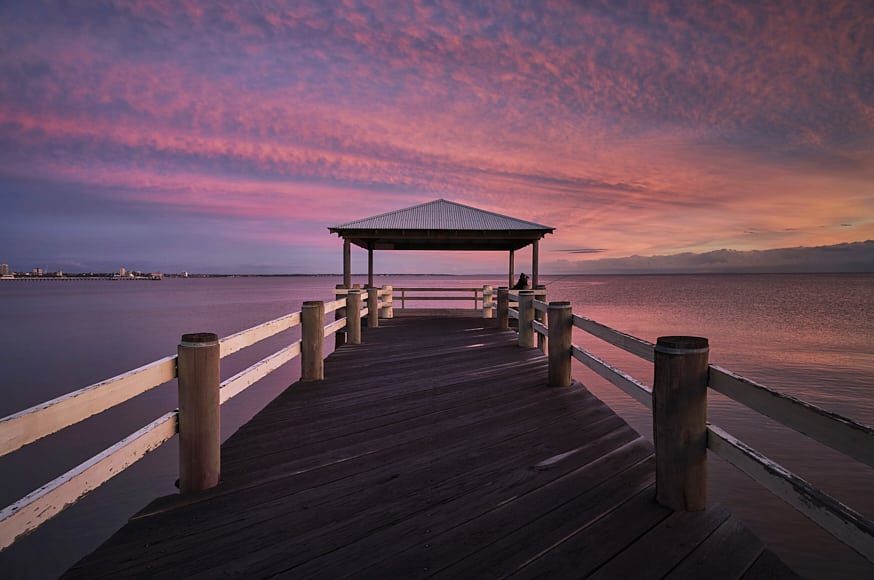
Sony FE 24-105mm f/4 G OSS | Athol Hill
Lightweight yet durably built, the Sony FE 24-105mm F4 G OSS performs well throughout the zoom range with minimal vignetting and distortion.
If you’re looking for a versatile zoom lens that offers ample scope for compositions, this pairs well with the best landscape photography cameras in its class.
Tamron 11-20mm f/2.8 Di III-A RXD (Best Sony APS-C Landscape Lens)
[proscons]
- Sturdy construction and controls
- Constant f/2.8 aperture
- Great image quality
- Dust and splash protection
- Affordable price
- No stabilization
- Noticable distortion at 11mm
If you’ve invested in one of Sony’s excellent APS-C camera systems, the Tamron 11-20mm f/2.8 Di III-A RXD is one of the best lenses for landscape photography to consider.
With its fast aperture of f/2.8 matched with a fast autofocus, it’s an affordable yet powerful lens designed for the landscape photographer on a budget.
The comparatively low price is matched by its low weight and compact design without compromising on build quality and general handling.
It delivers fast and near-silent autofocus performance, producing crisp and detailed images with vivid colours and great clarity.
If you’re looking for an alternative native lens, the Sony E 10-18mm F4 OSS is worth considering, offering a shallower minimum focusing distance but costing more.
Nikon 14-24mm f/2.8 G (Best Nikon Full-Frame Landscape Lens)
- Sharp and precise f/2.8 optics
- Ribust build and weather sealing
- Versatile wide viewing angle
- Fast and responsive autofocus
- Filter support
- Expensive
- Filters are pricey
Full-frame Nikon camera owners who want the widest zoom range available for their landscape photography should seriously consider the Nikon 14-24mm f/2.8 G lens.
Widely regarded as one of the best Nikon lenses for landscape photography, it delivers exceptional optical performance thanks to the sharp optics of its fixed aperture f/2.8 design.
While it’s on the more expensive end of the spectrum, this constant aperture makes it ideal for low light levels, with additional flexibility thanks to the minimum focusing distance of 11 inches.
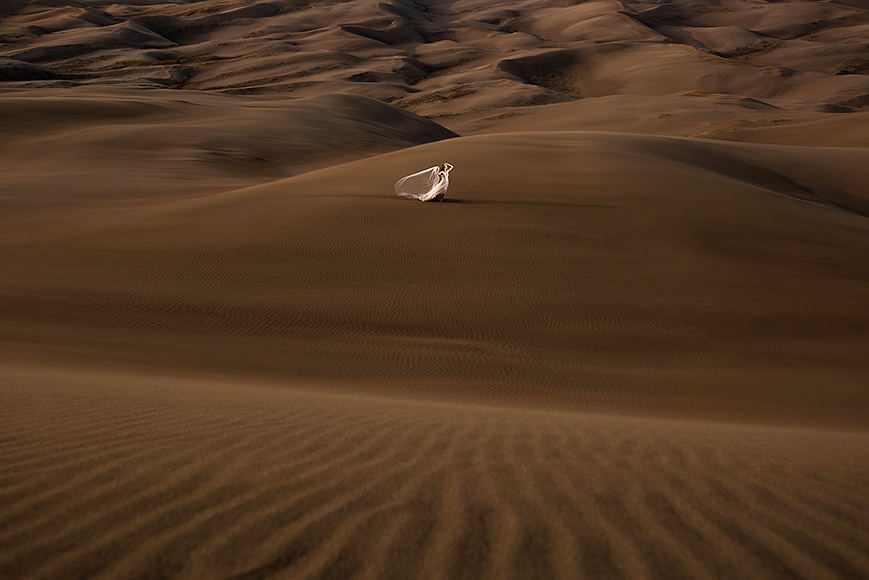
Nikon 14-24mm f/2.8 G Sample Image | Jesse LaPlante
The Nikon 14-24mm f/2.8 G lens features the same high-end construction as the brand’s S-line lenses, delivering additional peace of mind when shooting in bad weather.
Combined with image stabilization and rapid autofocus, this zoom lens is an outstanding performer for landscape photos when using Nikon’s full-frame cameras.
If you’re after a cheaper alternative, the Nikon 16-35mm f/4G offers a broader aperture range and is slightly lighter to keep your weight down while trekking through the wilderness.
Nikon NIKKOR Z 14-30mm f/4 S (Best Nikon Z Landscape Lens)
- Light and compact
- Impressive ultra-wide focal length
- Weather sealing and fluorine coating
- Superb autofocus operation
- Filter support
- Built-in distortion correction
- Expensive for an f/4 lens
- Noticeable vignetting at wider angles
Offering the widest focal length out of all the Nikon Z lenses, the Nikon NIKKOR Z 14-30mm f/4 S is arguably the best landscape lens available for this brand.
With exceptional corner-to-corner sharpness at all apertures, it’s a high-performance lens with great resistance to flaring and ghosting thanks to the built-in lens hood.
There’s a dedicated focus ring that delivers a more tactile and responsive shooting experience, with assignable rings for aperture and exposure compensation.
It’s also incredibly robust in its design, with extensive weather-sealing along with fluorine coating to protect against dust and moisture.
The Nikon NIKKOR Z 14-30mm f/4 S packs a wealth of features into a size comparable to a standard kit lens, producing professional-looking images on a full-frame sensor.
Canon EF 16-35mm f/4L (Best Canon Full-Frame DSLR Landscape Lens)
- Compact and portable
- Comprehensive weather sealing
- Impressive image quality
- Useful zoom range
- Affordable price
- Maximum aperture of f/4
- Inferior sharpness at edges
Canon camera owners looking for a flexible ultra-wide-angle zoom lens to use with a full-frame DSLR camera will find plenty to love about the Canon EF 16-35mm f/4L.
Considerably cheaper and also lighter than Canon’s f/2.8, this versatile lens is a solid performer, with a zoom range that makes it one of the best wide-angle lenses for landscape photography in its class.
Lightweight construction combined with thorough weather sealing and two UD (Ultra-low Dispersion) elements and Super Spectra coating lends it to adverse shooting conditions.
Picture quality is generally impressive, with strong sharpness in the center and the same degree of vignetting expected from a wide zoom and well-handled colour fringing.
You can pick up a Canon EF 16-35mm f/4L for a bargain on the used market, and there’s also the cheaper option of the Canon EF 24-105mm f/4L worth considering.
Canon RF 15-35mm f/2.8L IS USM (Best Canon RF Landscape Lens)
- Sturdy build quality
- Quiet and rapid autofocus
- Wide zoom range
- Impressive image stabilization
- Threaded filter support
- Very expensive
- Some heavy vignetting
Full-frame Canon owners looking for a truly premium landscape photography lens will get outstanding results from the Canon RF 15-35mm f/2.8L IS USM.
This ridiculously expensive lens offers the widest zoom range of all the RF wide-angle lenses, combined with excellent optics and image stabilization compatible with the IBIS of the EOS R5 and R6.
As you’d expect at this price point, the build quality is top-tier, with fluorine coating and weather sealing to protect the optimal glass used for the lens.
It features impressive autofocus performance, with three control rings for fast and responsive shooting to capture the best possible shots.
If the price of the Canon RF 15-35mm f/2.8L IS USM makes you wince, there’s the less expensive Canon RF 14-35mm f/4 L IS USM as a viable alternative.
Fujinon XF 10-24mm f/4 R OIS WR (Best Fujifilm Landscape Lens)
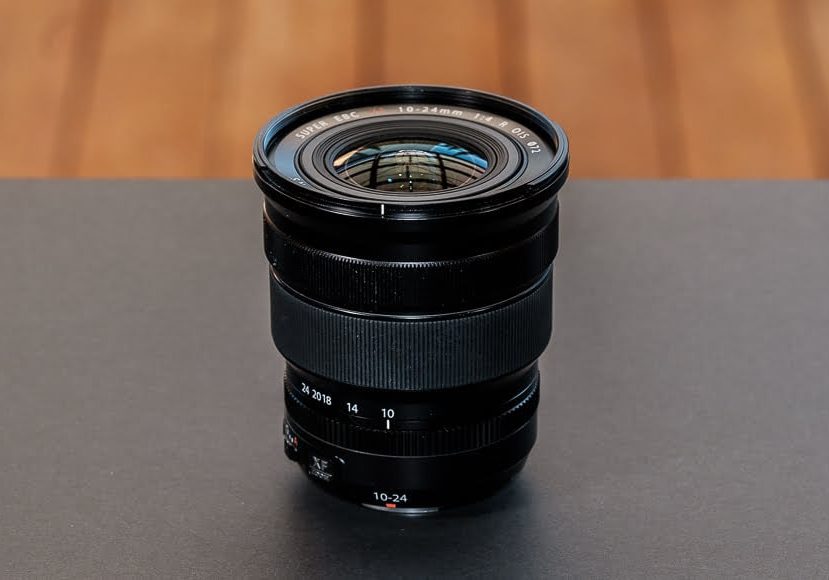
- Tactile handling and ergonomic build
- Lightweight and portable
- Image stabilizated optics
- Splash and dust protection
- No weather sealing
- A touch oversized on smaller cameras
One of the best Fujifilm lenses for landscape photography is the Fujinon XF 10-24mm f/4 R OIS WR, a stunning ultra-wide-angle zoom lens for APS-C mirrorless cameras.
Featuring image stabilization that works with the IBIS of Fujifilm cameras such as the Fujifilm X-T4 for up to six stops of compensation.
A lighter and more affordable alternative to the Fujinon XF 8-16mm f/2.8 R LM WR, it’s construction is resistant to moisture and dust, as well as shooting in low temperatures.
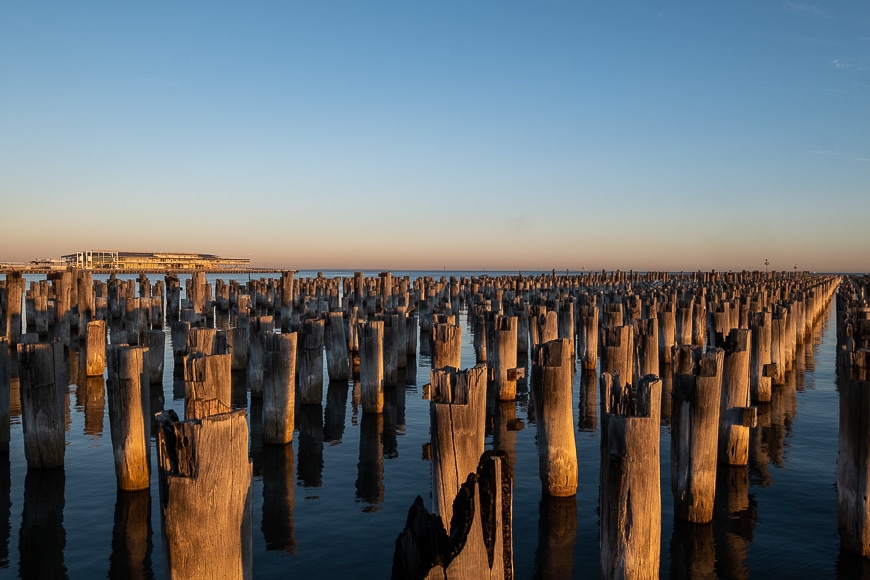
Fujinon 10-24mm sample image | Greg Cromie
It’s also lots of fun to use, with smooth focus and zoom rings along with a nicely damped aperture ring with handy markings along the barrel.
Fujifilm camera owners looking for the best lenses for landscape photography on a budget will find the Fujinon XF 10-24mm f/4 R OIS WR to be a solid performer capable of impressive results.
Olympus M.Zuiko Digital ED 7-14mm f/2.8 PRO Lens (Best Olympus Landscape Lens)
- Sharp and detailed images
- Bright f/2.8 focal ratio
- Robust weatherproof construction
- Customizable lens function button
- Manual focus clutch
- No native filter support
- Heavy and large
The Olympus M.Zuiko Digital ED 7-14mm f/2.8 PRO is one of the best lenses for landscape photography for photographers who are invested in the brand’s camera bodies.
This lens delivers a bright and constant f/2.8 aperture with sharp detail and minimal distortion for excellent results at all focal lengths.
The metal construction and weather-resistant build makes this a robust lens for landscape photography in unforgiving climates and weather conditions.
While this adds a little extra weight, its handling is superb, bolstered by the customizable lens Function button when paired with Olympus bodies.
There are other Olympus zoom lenses that deliver comparable results, such as the Olympus M.Zuiko Digital ED 12-100mm f/4.0 PRO, which offers more room on the telephoto side.
For the additional wide, however, the Olympus M.Zuiko Digital ED 7-14mm f/2.8 PRO is the lens of choice for landscape photography.
How to Choose the Best Lens for Landscape Photography

There are several factors you should consider when weighing up which lenses to choose for your shooting style.
Landscape photography often requires heading out on long hikes to get to the best views, so the weight of the lens is something to bear in mind.
Fortunately, a wide-angle lens is typically much lighter than a telephoto zoom lens and has a smaller size to fit in most camera bags easily.
Another issue worth considering is the weather conditions you’ll be shooting in, for example, if you’re trekking through stormy landscapes for your photography.
This means a lens with weather sealing is essential if you want to ensure it’s protected from the elements while out and about.
The focal length you go for will have a significant impact on the images you produce, with wide lenses expanding the amount of information you shoot.
While it’s common to go for 14-28mm lenses for landscapes, using a normal lens can create impressive results that represent the human eye’s perspective.
You can even use telephoto lenses for landscape photography, utilizing the compressed backgrounds to alter the image quality with a longer focal length.
The aperture of a given lens will also affect the speed at which you can shoot, with faster landscape lenses optimal for nighttime shoots and other low-light photography.
Lastly, you should decide whether or not you want a prime or zoom lens, trading off the versatility of the latter for potentially sharper images of the former.
Sony’s FE 24mm f/1.4 and their 14mm f/1.8 prime lenses offer outstanding low-light performance, as does the Canon EF 14mm f/2.8.
For a more affordable prime lens for landscape photography, there’s the Samyang 14mm f/2.8 and the Sigma EX DG 28mm f/2.
Which Lens Focal Lengths Do I Need for Landscape Photography?

Landscape photographers use a variety of lenses when shooting in the wilderness, with the wide angle view offered by a 28mm making it one of the most popular.
It’s possible to shoot incredible landscapes with a focal length as low as 14mm, which is also a popular lens for architecture.
Go any lower than this, and you can expect a fisheye effect to come into play, which distorts the image for less satisfactory results.
Two other popular focal lengths frequently used for landscape photography as 35mm and 50mm, both of which can produce exceptional landscape photos.
These lenses might not capture the level of spatial information as ultra-wide lenses, but they are great all-around lenses that can be used for other shooting styles.
When to Use Zoom Lenses for Landscape Photography
Telephoto lenses are often overlooked when shooting landscape photography, but they have their place with some useful applications.
For example, photographers can pick out and hone in on details in landscapes using a telephoto lens that wide-angle lenses can’t capture.
All focal lengths have their strengths and weaknesses, so if you’re struggling to decide, opting for a wide-angle zoom lens will give you the most range.
FAQs for Landscape Photographers Choosing Lenses
Do I need a wide-angle lens for landscapes?
While it’s possible to shoot landscapes with various types of lenses, wide-angle lenses are best suited to this photography style.
Their additional depth of field at any aperture setting allows for enhanced sharpness, while the wide-angle captures a broader range of the landscape.
Wide-angle lenses often feature a wider aperture that lets in more light and allows for landscapes to be photographed in low-light conditions.
Is 35mm or 50mm better for landscape photography?
Both 35mm and 50mm can be used for landscape photography, although the former will offer more scope for compositions due to its wider angle.
With that said, it’s still possible to capture stunning landscapes with a 50mm lens, so this shouldn’t be ruled out for shooting stunning vistas.
Is a prime or zoom lens better for landscape photography?
While a wide-angle zoom lens will offer more versatility for composing landscape photographs, a prime lens also has its benefits.
The less complex glass inherent in prime lenses means they often produce sharper images than their zoom counterparts.
Prime lenses are often smaller and more lightweight, making them easier to carry to destinations where landscape photography is conducted.
Which is better for landscape photography – f/2.8 (or faster) or f/4?
Many wide-angle lenses are available in either f/2.8 or f/4, with the latter tending to be more affordable than the former.
The advantage of an f/2.8 wide-angle lens is its ability to shoot at faster shutter speeds when wide open, lending these lenses to dawn and dusk landscape photographs.
With that said, if you’re mostly shooting during the daytime, a wide-angle lens with an aperture of f/4 will be more than sufficient for delivering great images.
In addition, some lenses may not be as sharp when shot wide open (e.g. at f/2.8) than they would be when stopped down (e.g. to f/4).

Excellent image quality, filter compatibility, and a compact, lightweight, weather-resistant design makes this a top choice for Sony landscape photographers.





